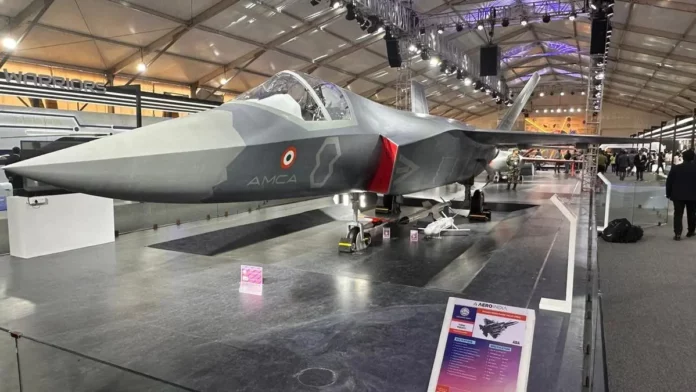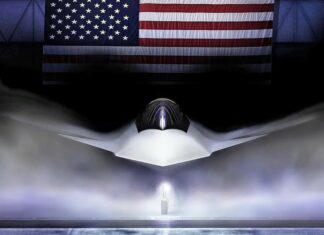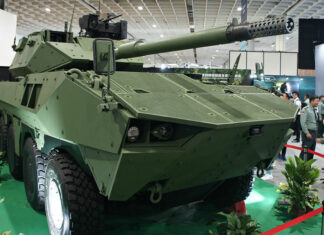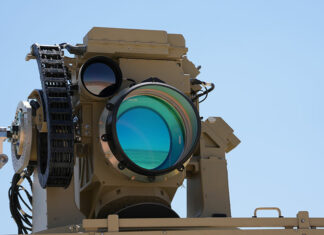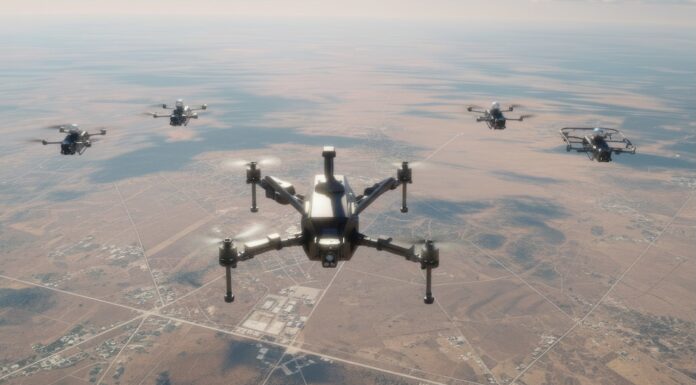India formally approved its Advanced Medium Combat Aircraft (AMCA) program, officially joining the fifth-generation stealth fighter market with a stealth, twin-engine advanced fighter jet.
The new development, approved by Defence Minister Rajnath Singh, will follow a new path, departing from the mandatory development of the aircraft by Hindustan Aeronautics Limited (HAL) and opening the bid to private sector companies, introducing competitive bidding opportunities to the development process.
The timing of the decision is critical, following the recent conflict with Pakistan that resulted in losses of advanced fighter aircraft in long-range aerial engagements with Pakistani fighters. Without 5Gen fighters, India could find itself severely inferior to Pakistani and Chinese 5Gen fighters, like the J-20, J-35A, and J36. Relying on Western 5th-generation aircraft, such as the US F-35, the British-Italian-Japanese Tempest, Russian Su-57, or the Korean KF-21, will leave India dependent on foreign support, which Delhi is determined to end in the foreseeable future.
The roadmap for AMCA is ambitious – the first of five prototypes is expected to be completed in 2027 at a target cost of ₹1,000 crore ($115 million). The first flight is scheduled for 2028, and serial production is anticipated to begin in 2034 at a unit cost below $100 million. This seems an ambitious plan that couldn’t be realized with public sector companies. Whether the private sector can achieve it remains an open question. The program’s emphasis on indigenous development supports India’s objectives of self-reliance while building domestic technological capabilities that can be leveraged for future aerospace projects.
The successful implementation of the AMCA program will establish India as a significant player in the global fifth-generation fighter market while reducing dependence on foreign military aircraft imports. However, dragging it for decades, as previous programs did, could expose the country to serious challenges.


